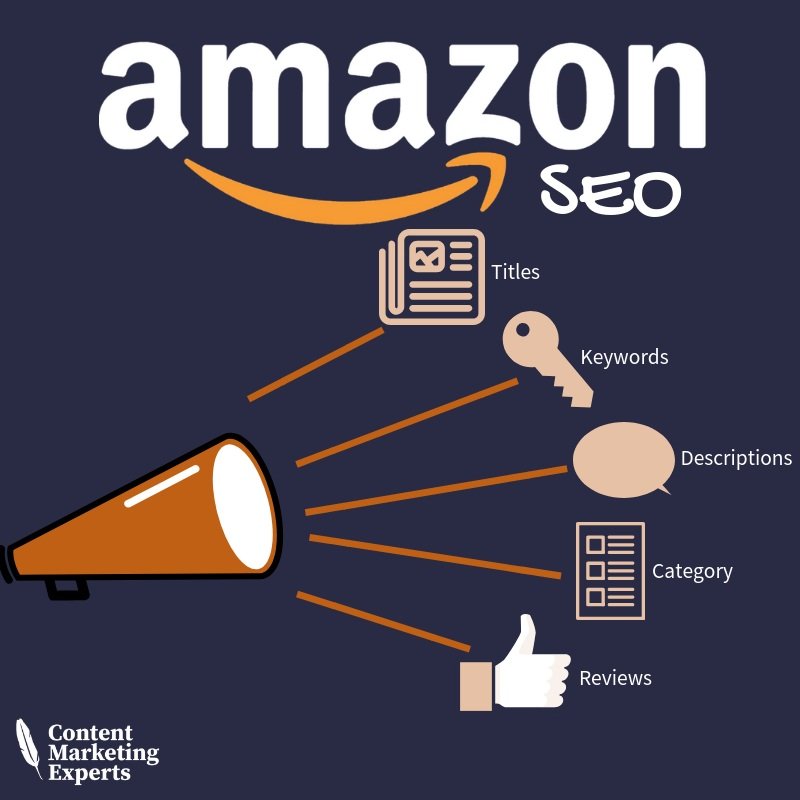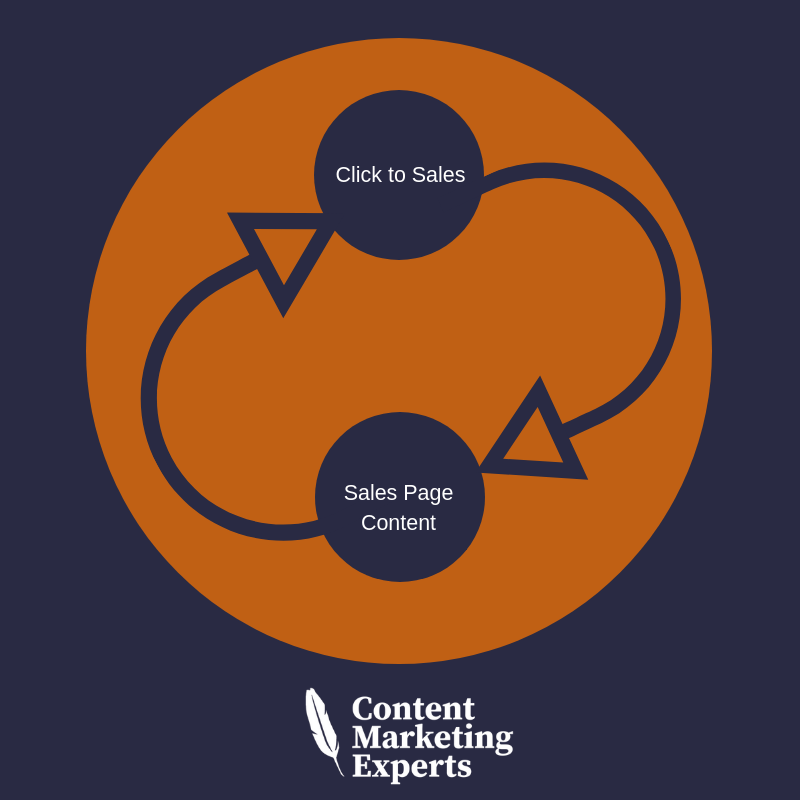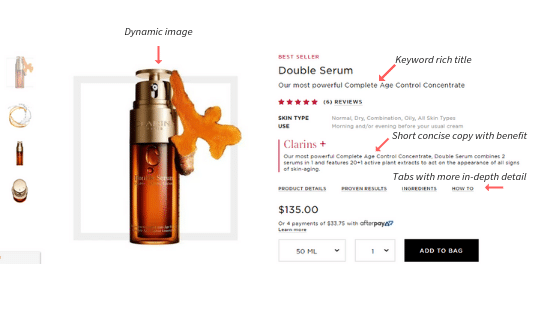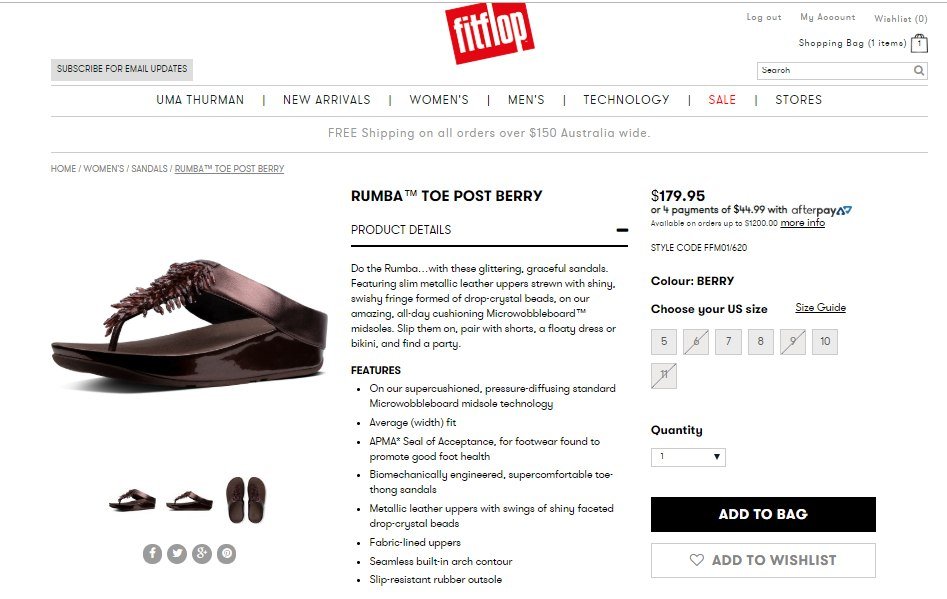Amazon stocks over 500 million products. A bona fide shopper’s arcadia.
Little wonder this retailing beast is the world’s largest online retailer and jockeying to be found in this competitive space can prove challenging.
A heaving, breathing ecommerce landscape that requires an effective SEO strategy to rank, Amazon’s colossal search engine, rewards SEO. Often overlooked and under utilised, why wouldn’t it?
Perched at the bottom of the sales funnel ready to dive, your buyer is ripe. Combine with an effective SEO strategy and your prospects readiness to purchase has been qualified.
Amazon is the gateway at the bottom of the funnel, evangelism awaits!
“Don’t optimise for conversions, optimise for revenue.” Neil Patel

Introducing Amazon’s SEO Algorithm
As Amazon continues to grow, products demand visibility. The higher the product placement in Amazon’s SERP (search engine results pages) the more likely the shopping cart will fill. ROI is hard found if you are languishing on page two, after all only 30% of prospective customers find themselves on page two. The never never land of acquisition.
A clever marketer will know that to rank, an understanding of Amazon’s algorithm (A9) is powerful.
So how does A9 work? Using differing variables, A9 is programmed to guide customers to their product of choice both quickly and with ease. Let’s look at two of those variables:
- Sales page content. A9 loves attention to detail including keyword placement. Peppered throughout your product title, subtitle, product description and Amazon’s designated keyword section, keywords assist A9 in matching your product with the right customer. Why not rank higher? Increase revenue? A9 rewards strategy.
- Click on sales rate (CTS). A crucial metric, your CTS is the volume of customers that click on your product in the search list and proceed to purchase. Why is this a valuable metric? Simply put Amazon tallies the number of recent sales to determine where your products will rank. From large corporate brands to SME, regardless of size, the more short-term sales in the last month than other companies, the higher your product will rank in SERP.
These factors work in unison as your optimised content propels you onto page one, as does the number of sales.

For this cycle to be successful you need to understand keyword strategy, how to research and incorporate them into your Amazon content.
Product Keyword Selection – Getting it Right!
Keywords must be reflective, relevant and parrot both what your customers are searching for and how they express it. Just like Google, Amazon logs all the searches visitors make, this provides insight on what topics and products are trending, and like Google, Amazon uses that data to engage its mammoth user base.
“We see our customers as invited guests to a party, and we are the hosts. It’s our job every day to make every important aspect of the customer experience a little bit better.” -Jeff Bezos Amazon CEO
Landing on the Amazon homepage, the visitor is greeted with a list of categories with a selection of best-selling products within each one.

A veritable gold mine of information, the best seller categories guide you as you conduct your keyword research. Amazon is showing you what potential customers are looking for. A clever marketer will now fashion their product description content around those needs. Let’s look at how you might approach this:
- List trending products in relevant categories. Do you sell clothing or perhaps fashion accessories? Regardless of category assess relevant lists such as “most wished for” and note the words peppered throughout the product content and title of items like yours.
- Semantic variations and long-tail keywords. If your keyword is “backless dress” take a deeper dive (as long-tails increase your visibility in search) and use “fitted knee length backless dress”. Make sure you demand a higher ranking on Amazon’s SERP’s.
- Monitor the relevancy of your keywords. Be data driven. Monitor the performance of your chosen keywords and update your selection on a regular basis. This will ensure your product descriptions remained optimised and competitive.
Are Your Product Descriptions Persona Based?
Targeting the most relevant audience is as important as the keywords you use. Finding a balance will ensure your product descriptions engage the ‘right’ person as your products appear in the ‘right’ searches.
For example, imagine you’re a seller of spices, your personas might include:
- Restaurant owners who specialise in middle-eastern cooking and need to buy spice in bulk.
- Domestic chefs and people who entertain in the home, looking to purchase exotic spices not readily available in the local supermarket.
Amazon is empowering you with the keywords that speak to your specific target groups. Knowing your prospective customer and understanding their needs will ensure ranking and ROI are quick to follow.
Give the Gift of Great Content!
So now that you’ve become a keyword super sleuth, let’s discuss how to optimise your product description content and drive your customers to fill their shopping cart.
- Sell product benefits not product features. What problem does your product solve? What solution does it offer? In clear, concise copy list the benefits that your product offers, we purchase with intent, motivation and always needs driven. Profile the benefits and watch sales increase.
- Keep product descriptions punchy. Avoid text heavy descriptions. In the few seconds that you have the reader’s attention, produce instantly scannable copy that profiles benefits and hints at additional products in the same line. There is copy that tells and copy that sells.

- Keep the product title short. Keep your product title length to 200 characters (including spaces) or less and keyword rich. Amazon’s A9 algorithm will track your keywords and rank you higher in searches, giving your product maximum exposure.
- Use bullet points for product details and longer descriptions. Your reader is positioned to purchase, ensure your content is easily readable by using bullet points to separate your points of difference and close the sale.

A prime example of beautifully structured bullet points is Fitflop, offering the reader easy to scan snippets of problem-solving information to inform their decision. The key is to guide your prospect through the buyer’s journey as smoothly as possible.
Thrive on Amazon with SEO
As Amazon seemingly bursts at the seams with products, strategising your approach is the key to success. As the world’s largest and most competitive online retailer, your market share is dependent on SEO best practices and an understanding of your audience. SEO will increase short-term sales, propelling you to the top sellers lists and grabbing a coveted position on the front page of Amazon SERPs.
For Product Descriptions that Convert
To grow your Amazon business, put your products in the hands of a professional. Contact me today!




